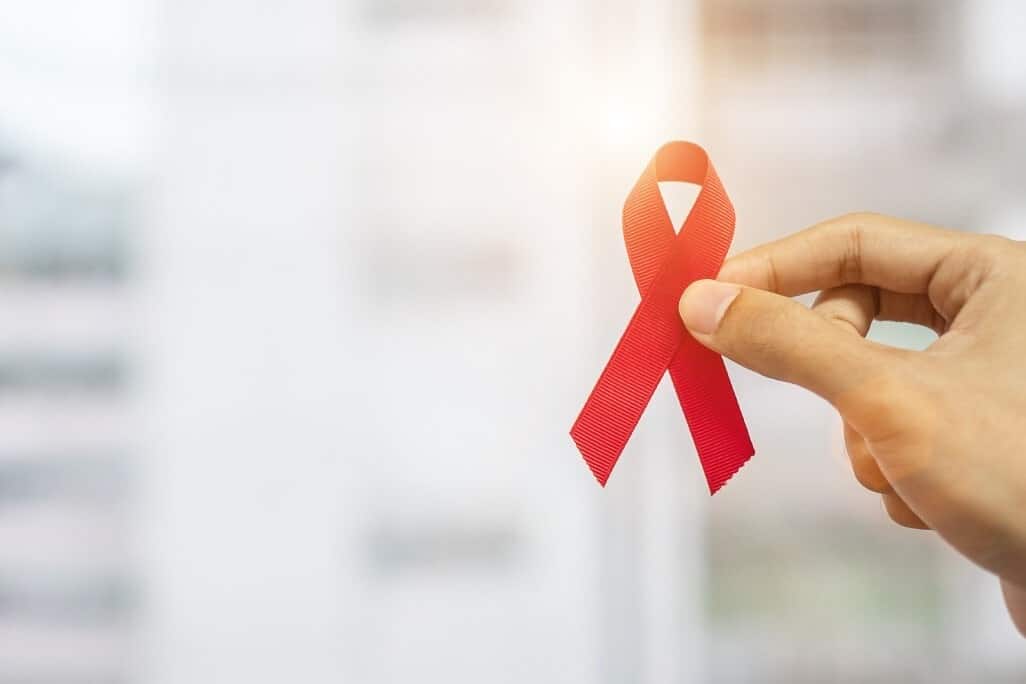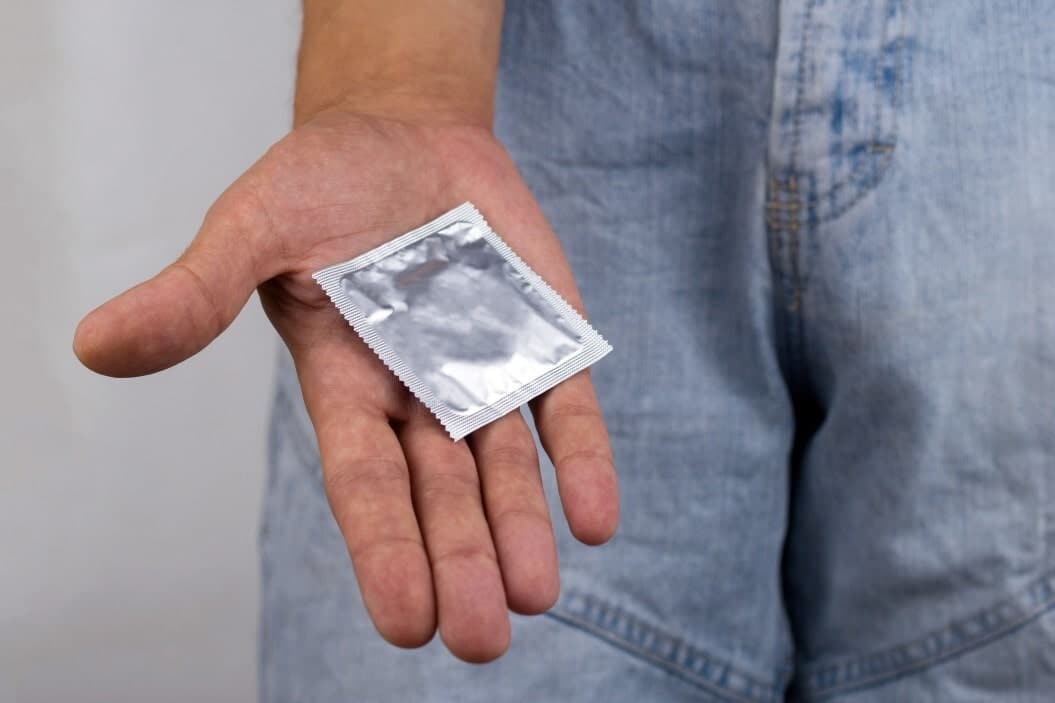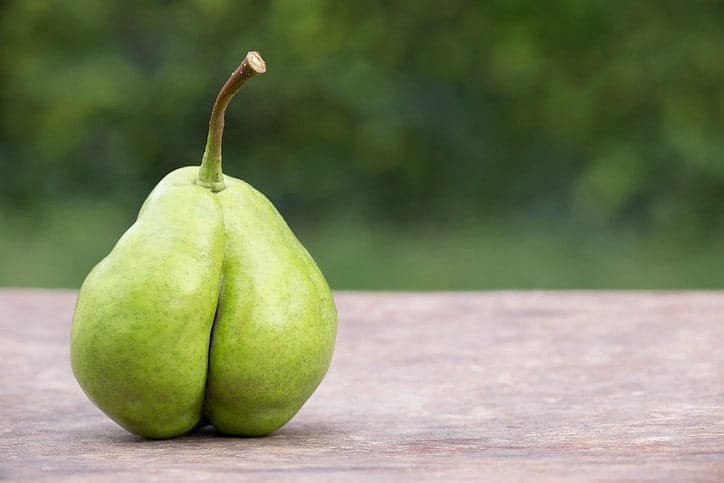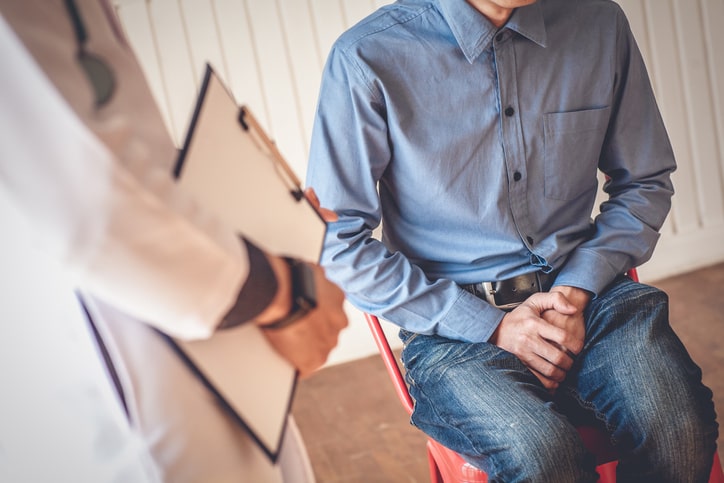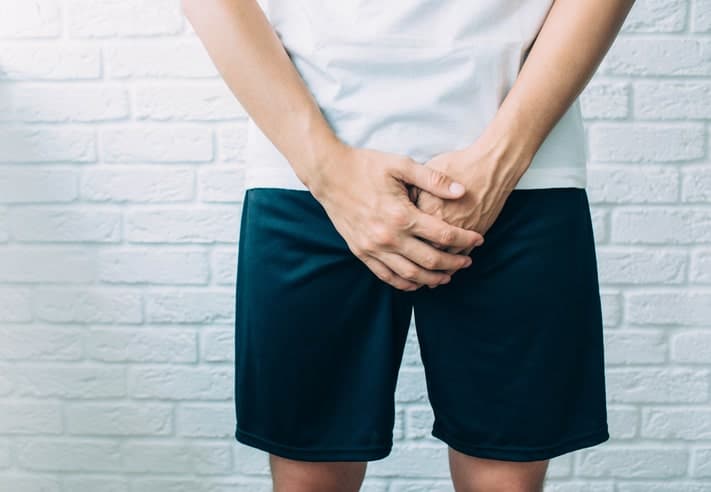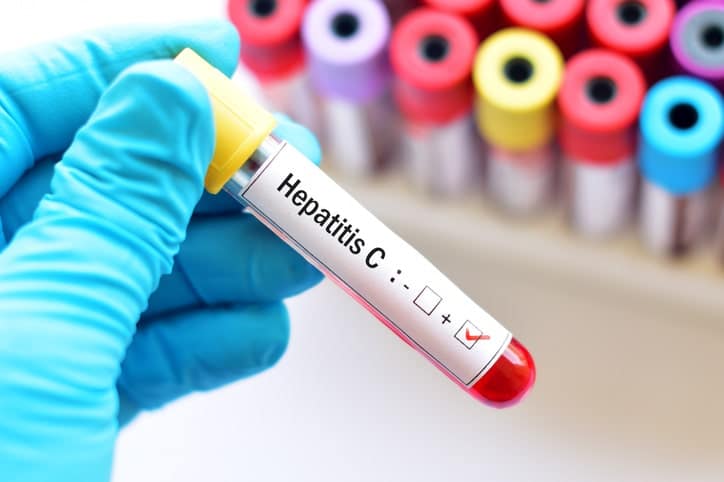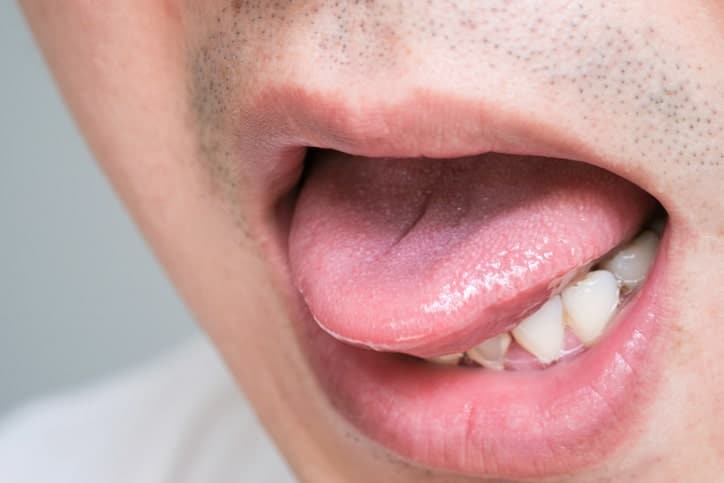Men, don’t ignore that rash you’re experiencing — it may be a sign of an infection that’s been linked to HIV.
Do you have a rash, and not sure what is causing it? Even worse, you wake up with raised bumps that appear to be water-filled. You may have a skin infection called Molluscum Contagiosum.
Also commonly referred to as water wart, molluscum is actually caused by the Pox virus.
What does Molluscum in men look like?
Molluscum in men usually appears as:
- Small raised bumps
- Lesions (single or cluster)
- Skin colored, white, or sometimes pink
- Central dimple(umbilication) in the middle of the bump
- Smooth
- Shiny
- Firm to the touch
- Usually about 2-5 millimeters in diameter
These bumps can show up anywhere, from your face, neck, arms, legs, abdomen, and genital area. They don’t, however, typically appear on the palms and soles of the feet.
How long does it take for symptoms to appear?
The molluscum contagiosum virus has an incubation period of 2-7 weeks. It may take up to 6 months for lesions to appear.
How is Molluscum transmitted?
So, you can contract molluscum contagiosum in primarily 2 ways:
- Direct person-to-person contact
Once you come in contact with an infected person's rash or lesions, you have been exposed.
- Contaminated surfaces
By surfaces, I mean clothing, gym equipment, towels, and everything else in between. The pox virus can survive on surfaces for a decent amount of time.
Molluscum contagiosum is pretty contagious. And to top it all off, if you are already infected, scratching and touching your lesions and then touching unaffected areas can transfer the rash to other parts of your body.
Shaving may also spread the infection, so maybe refrain until your lesion heals. The good news is once your lesions are gone, you are no longer contagious.
Can Molluscum contagiosum be spread by coughing or sneezing?
No. The infection does not circulate within the body, it survives on the top layer of the skin. So coughs and sneezes do not aid transmission.
Who can contract molluscum contagiosum?
The molluscum contagiosum virus does not discriminate. Anyone can be infected. However, there are certain high-risk groups:
- Sexually active adults - lesions may be found in the genital area and lower abdominal region.
- Young children - transmitted via interaction and play.
- Persons with compromised immune systems due to underlying diseases (e.g., diabetes, cancer, HIV, etc.)
- Persons who are using immunosuppressants
- Individuals with skin conditions e.g., eczema, atopic dermatitis, etc. The outbreaks of these conditions may aggravate molluscum contagiosum.
- Persons who live in warm climate areas that are densely populated
Can molluscum infection be severe?
Most of the time it's pretty harmless, but individuals with compromised immune systems may experience larger lesions that sometimes attack the face. These lesions are often resistant to treatment and can persist for anywhere between 2 weeks to 2 months.
Another complication that may occur with molluscum contagiosum is if the lesions are on the eyelids. The skin is thin, and the lesions can trigger conjunctivitis. On extremely rare occasions, lesions can develop into abscesses.
Are molluscum contagiosum lesions painful?
Generally, they are painless but if they are infected, they can become swollen and inflamed.

Can molluscum lead to other conditions?
Not really. If you scratch your lesions you may end up with some scarring or bacterial infection. Self-removal of the bumps is not recommended. A bacterial infection in an immunocompromised patient may be serious but appropriate treatment will prevent the infection from spreading and causing further complications.
Is there a link between Molluscum contagiosum and HIV?
A spotlight was focused on this condition in relation to HIV since it is an opportunistic infection that tends to afflict HIV patients. The symptoms tend to be severe, sometimes disfiguring, and often resistant to treatment.
How will my doctor make a diagnosis?
Since molluscum lesions have a distinctive look, your doctor will be able to diagnose them easily through a clinical examination. I usually also take a skin scraping sample which will be examined under a microscope where contagiosum elements will be easily visible if they are present. This will help me confirm your diagnosis.
How is molluscum treated?
Lesions can heal on their own, but it may take about a year or so. As such, I recommend treatment since it's prudent to allow a professional to monitor your lesions to ensure you are on your way to a speedy recovery. They can also step in if any complications arise.
Here is a list of your treatment options:
Topical creams and ointments
These treatments have varying results. Sometimes you may have to try a few to hit upon the one that works for you.
Cryotherapy or minor procedural treatment
This involves the physical removal of the lesion.
Is there any way I can reduce my risk of contracting molluscum contagiosum?
There is quite a lot that you can do to minimize your risk of contracting water warts.
- Refrain from sharing personal items like razors
- Mom's advice still holds true — wash your hands regularly! Handwashing helps eliminate the germs that you may have picked up from contaminated surfaces.
- Sanitize gym equipment before using them. You can use sanitizing wipes or use your towel as a barrier instead of coming into contact with the surface directly.
What can I do if I have already contracted it?
Managing this condition is possible. You can stop it from spreading to other parts of your body by following these simple tips!
- Keep your fingers away from your lesions. I know it's tempting but don't touch it.
- No scratching, picking, or popping. This leaves you vulnerable to infection.
- No shaving. Who says beards are not fashionable?
- No electrolysis. This process involves hair removal by a device that uses heat via an electrical current.
- Band-aids! Covering your lesions helps to minimize your infection risk. You can skip the band-aids if no one is going to come into contact with you and you can refrain from touching.
- If your lesions are in the genital region you need to refrain from sexual activity until you have been treated.
- If you are the sporty type, refrain from engaging in contact sports like basketball, football and wrestling for the time being unless you have bandages or clothing that prevent you from spreading the infection.
- Any activity that involves gear sharing like helmets, balls, etc should be avoided unless you can keep lesions totally covered.
- Keep your skin clean and dry; this helps to accelerate the healing process.
- Seek immediate medical attention if you suspect your skin issue is Mollusca.
Can I swim if I have molluscum contagiosum?
Theoretically, the virus can be transmitted in swimming pools, baths, saunas, or any warm, wet environment. However, there is no scientific research to prove that this has ever occurred.
You are more at risk if you share towels at the pool than if you go swimming. And since we are on the subject, you should refrain from sharing your goggles, swimsuits, water toys like noodles, and kickboards to minimize the risk of infection. However, I recommend that you err on the side of caution. Do not go into the pool unless you have water-tight bandages or clothing that cover your lesions completely.
Can I get infected after I'm treated?
After your lesions have been treated, the molluscum contagiosum virus is gone from your body. It does not remain in the body like the herpes virus that lurks in the body and reappears with unpleasant flares. However, you are not immune from the virus; you can get it again if you come into contact with an infected person or contaminated surface again.
I hope I have been able to allay some of your fears regarding Molluscum contagiosum. The key takeaways are that it is generally a painless, harmless rash that usually resolves on its own. Good hygiene and keeping your fingers away from your lesions are key. You should never ignore rashes, so if you suspect that you may have a molluscum contagiosum infection, you should seek medical attention.
The good news is that molluscum contagiosum is curable and manageable. Recovery is usually 100% even in stubborn cases. So don't hesitate to contact your doctor to discuss treatment.
References
- Chen X, Anstey AV, Bugert JJ. Lancet Infect Dis. 2013 Oct;13(10):877-88. doi: 10.1016/S1473-3099(13)70109-9. Epub 2013 Aug 21. PMID: 23972567
- Hanson D, Diven DG. Dermatol Online J. 2003 Mar;9(2):2. PMID: 12639455
This article was written and medically reviewed by Dr Ben, M.D on 23/06/21




